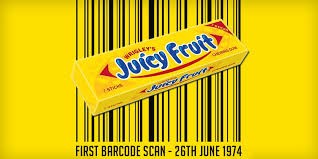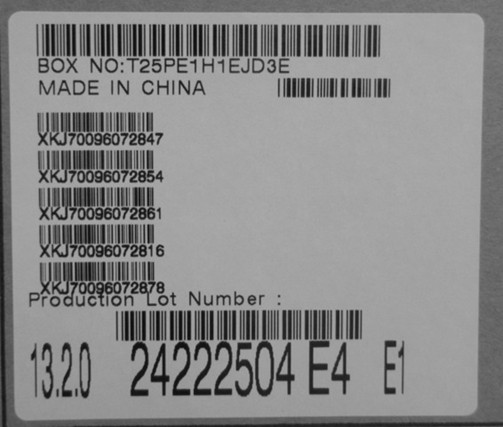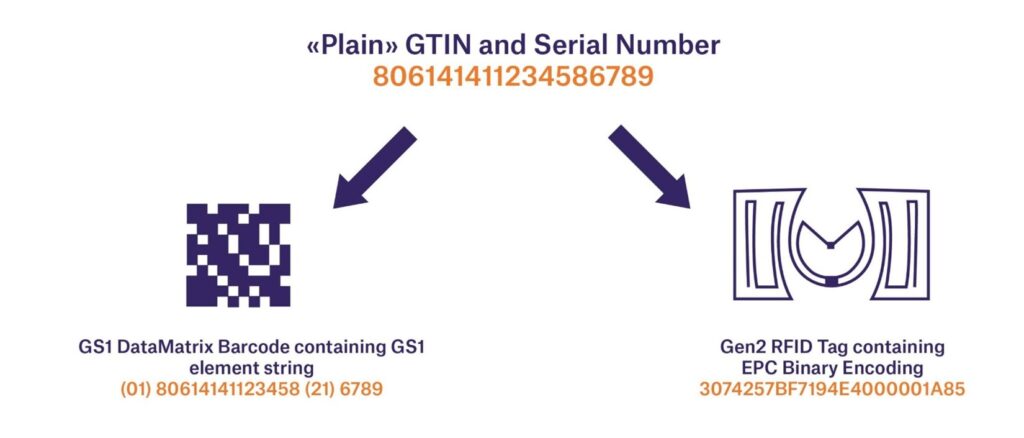First let’s do a short history lesson on GS1. GS1 is a nonprofit international organization that governs barcode standards. That is a little deceiving because these standards now cross over to include RFID encoding and even Digimarc as recently discussed in one of our newsletters. The organization was started in 1974 as the Uniform Code Council to administer the standard for UPC barcodes in the grocery industry.

In 2004, the UCC became GDSN for Global Data Synchronization Network, finally calling itself GS1 in 2005. While still maintaining the vendor codes for UPC barcodes, the UCP vendor code became known as a GTIN, meaning a Global Trade Identification Number. The organization not only controlled the ID numbers for thousands of brand owners but also started to standardize data identifiers so that multiple data fields could be concatenated into one barcode, or into 2D barcodes which were more conducive to stacking many strings of data together.

So, now that the alphabet soup is over and we have a basic history of the GS1 organization, how should companies be better following GS1 Standards? Well for one, using the GS1 data identifiers on internal barcodes. We are frequently asked to help customers scan multiple barcodes with one scan. The customer has a label with many serial numbers, and it would speed operations greatly if they could just scan all the data at once. This is very possible with modern scanners, but it is much easier to do with data identifiers so we can identify which barcodes should be read and transmitted.

Another use case is when there are several barcodes on a label that go into different fields on the computer screen. With data identifiers, we can easily order the data and transmit it in an order that the prompts on the screen are expecting, all with just one quick scan.
Now let’s switch to RFID. Many RFID tags are going into retail, so the data format is mandated and standardized. But many use cases are for RFID to be used internally in a closed loop system where the tag data is not driven by a customer mandate.

It is still a good idea to follow GS1 standard for this nonregulated use of the technology. And if you already have a GTIN number assigned to your company, put that information in the tag so you can easily identify which RFID tag reads are intended and desired, then you can easily filter out unintended reads.
If you want to partner with a technology company that is keeping up with standards and technologies so that we can help you put together compliant projects, visit us at www.emptechgroup.com to learn more about how we can help.